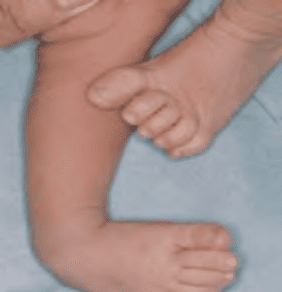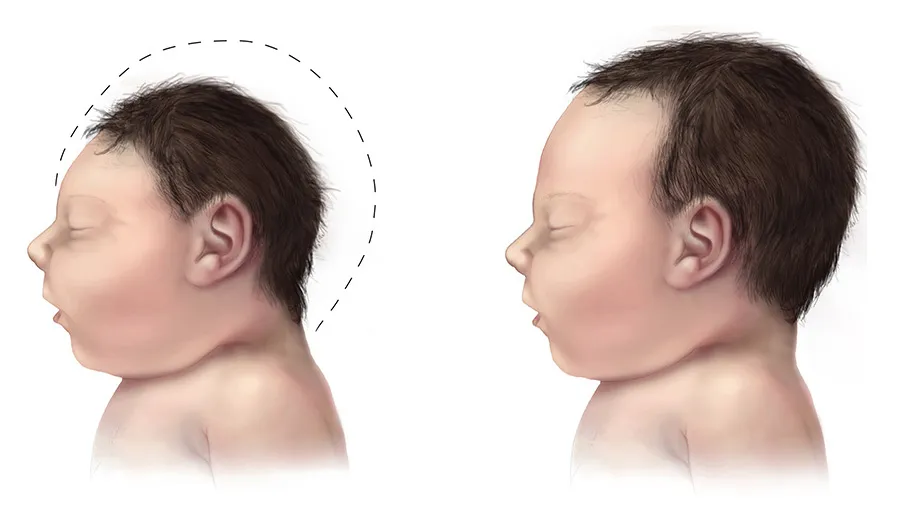Childhood is a crucial period of rapid growth and development, especially for the skeletal system. That’s why it’s particularly alarming when children face nutritional deficiencies that could lead to severe complications, such as Rickets. This skeletal disorder, often overshadowed by other health concerns, is one that should command every parent’s attention. As a pediatrician and obesity medicine specialist, I aim to provide a comprehensive guide to understanding Rickets—its causes, symptoms, and preventive measures—so that you can be well-equipped to protect your child’s health.

What Is Rickets?
Rickets is a skeletal disorder primarily caused by a lack of Vitamin D, but deficiencies in calcium and phosphate can also be contributing factors. The disorder disrupts the body’s process of building strong bones, resulting in soft, weak, and deformed bones. The astonishing thing is that despite medical advancements, Rickets remains a concern even in developed countries.
What Causes Rickets?
Vitamin D Deficiency
Vitamin D is pivotal in the body’s ability to absorb calcium. A deficiency can occur due to inadequate exposure to sunlight, poor diet, or malabsorption issues.
Calcium & Phosphate Deficiency
While less common, a lack of calcium or phosphate can also cause Rickets. These minerals are vital for bone health, and their absence can have a similar debilitating effect.
Risk Factors
- Living in regions with low sunlight
- Dark skin (higher melanin content reduces Vitamin D synthesis)
- Exclusive breastfeeding without Vitamin D supplementation
How To Recognize Rickets?
Early diagnosis is critical, so here are some signs to watch out for:
- Bone Deformities: Bowlegs or knock-knees are common manifestations.
- Muscle Weakness: Affected children might find it hard to sit up or walk.
- Dental Issues: Delayed formation of teeth and cavities can be warning signs.
- Growth Delays: Children might grow more slowly than their peers.

Diagnosing and Treating Rickets
Diagnostic Measures
- Blood tests for levels of Vitamin D, calcium, and phosphate.
- X-rays to check bone density.
- Physical examination for signs of skeletal deformities.
Treatment Options
- Supplementation: High doses of Vitamin D and calcium supplements are often prescribed.
- Dietary Changes: Incorporating Vitamin D-rich foods like fish, eggs, and fortified cereals.
- Sun Exposure: Moderate exposure to sunlight can help the body produce Vitamin D naturally.
Prevention: Better Safe Than Sorry
- Nutrition: A balanced diet rich in Vitamin D, calcium, and phosphate is key.
- Supplementation: Infants who are exclusively breastfed should receive Vitamin D supplements.
- Sunlight: Ensure that your child gets adequate sun exposure, while also protecting their skin.

In Conclusion: Protect Their Future, Today
Understanding Rickets and the severe consequences it can have on your child’s growth and development is crucial. Knowledge is your first line of defense in preventing this skeletal disorder. In this light, your role as a guardian can never be overstated.
References:
- American Academy of Pediatrics – Vitamin D Recommendations
- Mayo Clinic – Rickets
- “Vitamin D and Bone Health; Potential Mechanisms” – Nutrients Journal
Disclaimer: The information provided in this article is for educational purposes only and should not replace professional medical advice.



